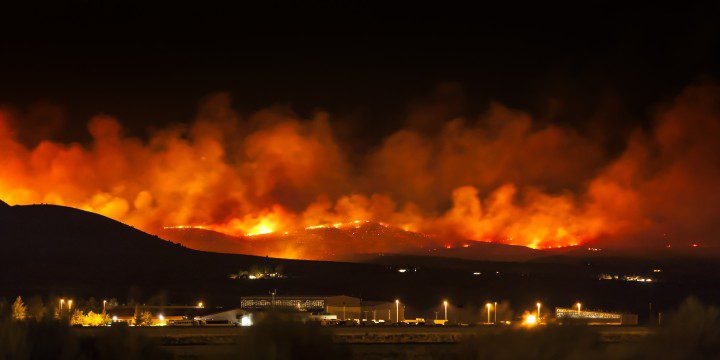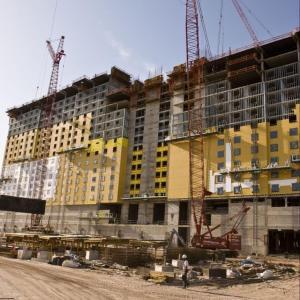Much of the United States is in the midst of hurricane season as wildfires rage across the western coast. The frequency and severity of storms and wildfires is expected to increase as the planet warms. Now, more than ever, there is a need to stress the importance of developing buildings for these and other natural disasters.

Disaster resilience refers to the ability of buildings to prepare, plan and recover from natural disasters. These strategies can pay off, especially for buildings that are located in areas that are more subject to natural disasters. Per ConstructConnect,
Buildings with resilient designs and materials are becoming increasingly common, especially in areas that are prone to things like hurricanes, floods, fires, and tornadoes. Because they are designed to experience minimal damage during such events, their owners typically have to spend less during the recovery process. In fact, for every $1 spent on resilient construction, the average building owner saves $6 in recovery costs.
Ensuring resilience begins at the development stage is an important part of a successful strategy. Per Whole Building Design Guide:
Unsustainable development also is one of the major factors in the rising costs of natural disasters. Many mitigation design strategies and technologies serve double duty, by not only preventing or reducing disaster losses but serving the broader goal of long-term community sustainability. For example, land use regulations prohibiting development in flood-prone areas may also help preserve the natural and beneficial functions of floodplains.
Planning for natural disasters continues through the building design stage and can also be enhanced after the fact through through retrofits. Requirements will differ across the country as climates from Alaska to Mississippi will vary greatly, but all have the same goal of keeping occupants and communities safe.
Setting resiliency goals
The International Code Council suggests that the onus is on building design teams to educate their clients so resiliency goals can be successfully integrated. It poses some questions that can be asked of clients in order to set criteria and identify resilient design goals on its Building Safety Journal website:
What is resiliency? What is the meaning of the different levels of resiliency and how does each level protect the building and its inhabitants for the short and long term? A critical part of this process is addressing expectations regarding “proofing” versus “resistance.” From the viewpoint of the client, how resistant will the building be to earthquakes, floods, hurricanes or fire? Is the client getting the desired level of resilience for the prescribed budget?


